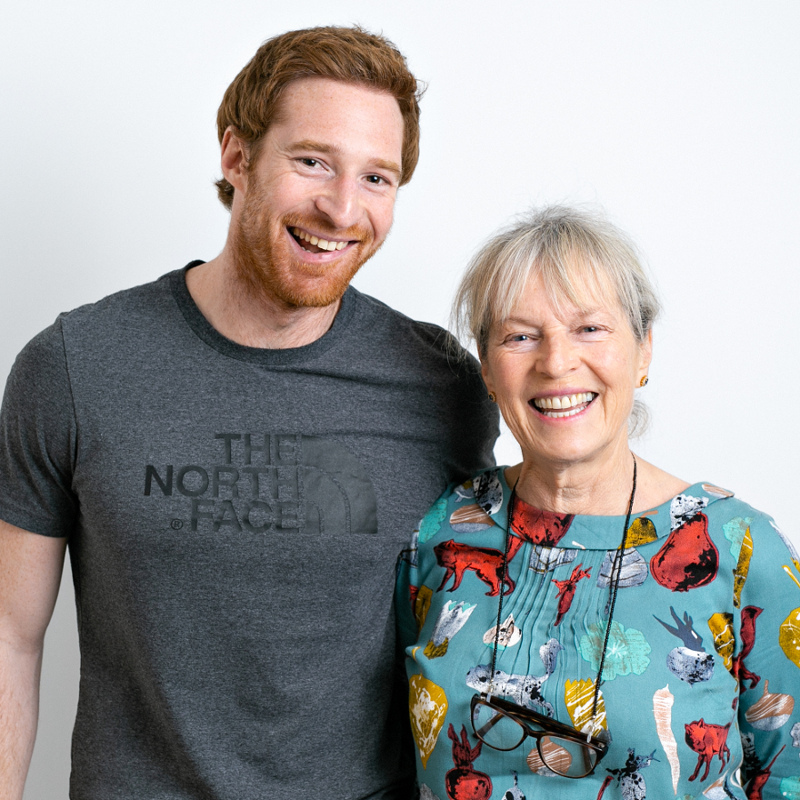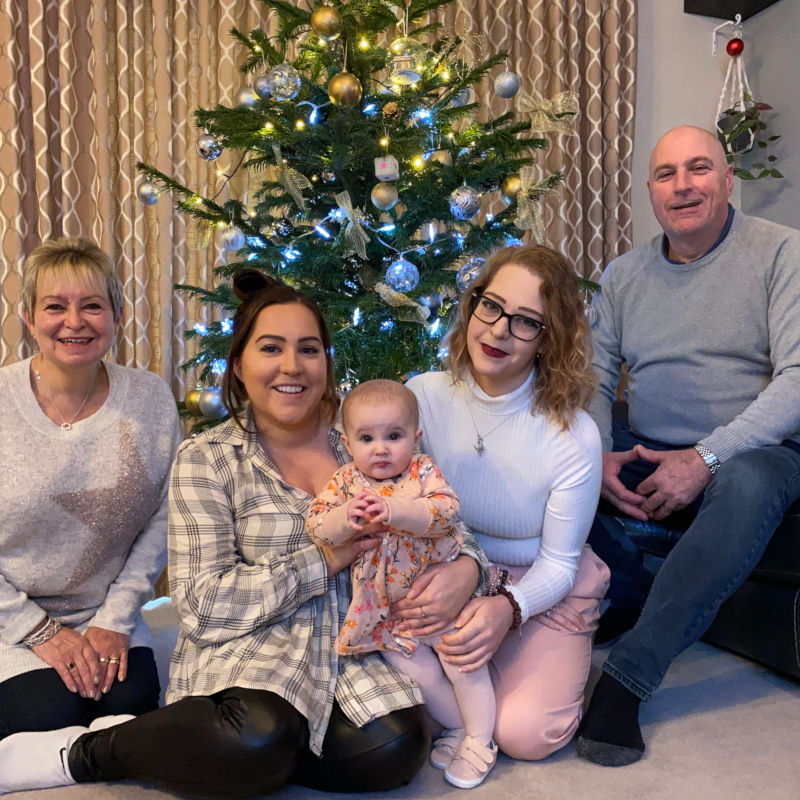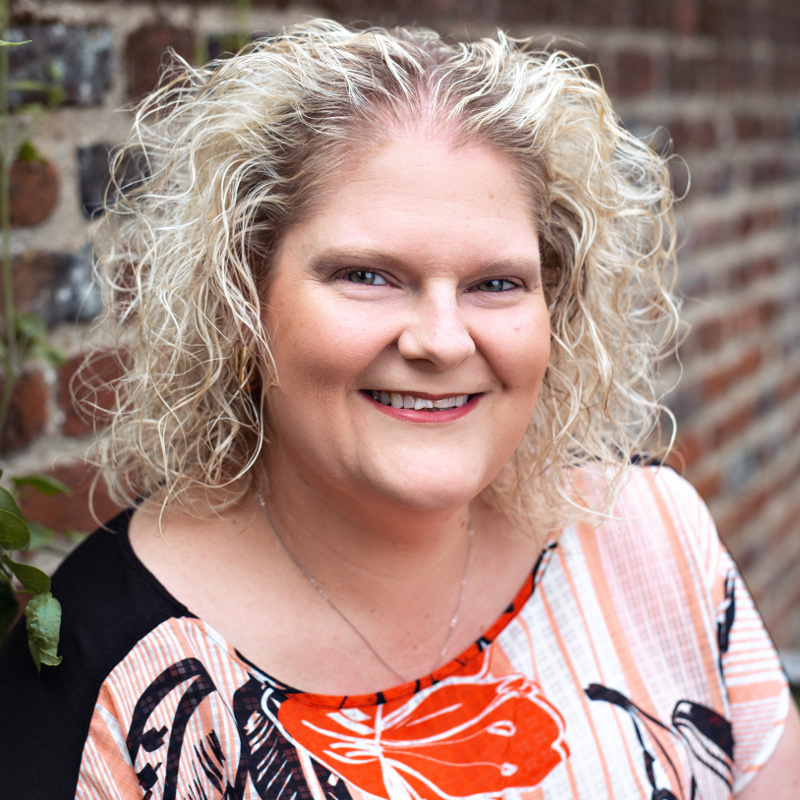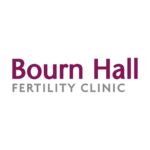The childhood home of Patrick Steptoe – one of the three IVF pioneers who achieved one of the greatest scientific breakthroughs in recent times, the birth of the world’s first ‘test-tube’ baby – is to be commemorated with a Blue Plaque. The present owner of the house in Witney in Oxfordshire is also a gynaecologist.
There have been over 6 million babies born worldwide following treatment by IVF, a medical treatment developed by Steptoe with Robert Edwards and Jean Purdy at Bourn Hall; the clinic they established after their success with Louise Brown and Alastair Macdonald the first IVF babies.
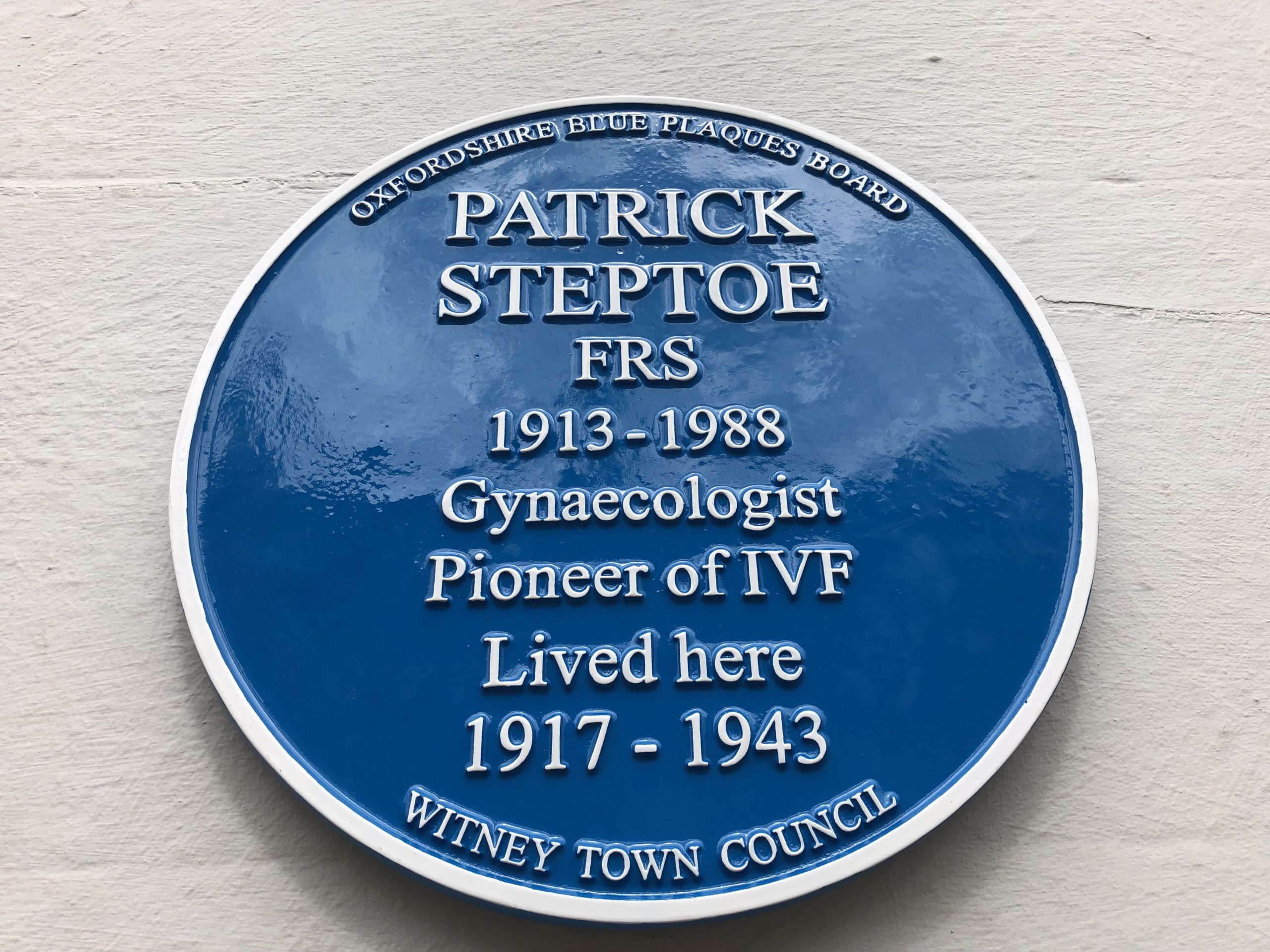
Steptoe was a consultant obstetrician and gynaecologist at Oldham Hospital in Lancashire, with a special interest in female infertility and diagnostics techniques, when in 1968 he met with Edwards, a Cambridge geneticist and embryologist. This was shortly before Edwards achieved the first successful growth of a human embryo outside the womb.
Steptoe was an expert in laparoscopy, a forerunner to keyhole surgery, that would allow the collection of mature eggs without abdominal surgery.
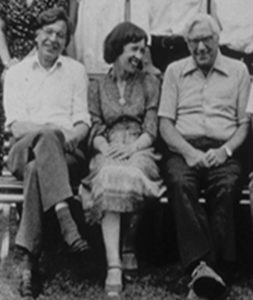
He also had a large number of patients that would benefit from IVF if it had been available. Many of these women agreed to assist with the research by donating eggs.
Working in their spare time, with the assistance of Jean Purdy who was running the laboratory, the three began a difficult and frustrating journey to transfer embryos to the womb and achieve a live birth. This took a further ten years and succeeded with the birth of Louise Brown.
Unable to get the support of the NHS to set up a facility, the three gained funding from a benefactor to set up a private clinic at Bourn Hall in Cambridge and began to develop the techniques that would transform the scientific research into a robust medical treatment.
Louise Brown comments: “Patrick Steptoe was like a grandfather to me. My mother, Lesley Brown, always said that she trusted him from the first moment that she met him. Patrick Steptoe died when I was 10 years old so I did not know him well. We last met when we were guests on a TV programme together and he was proud of the children he had helped bring into the world. His legacy will live on as there are now millions of people in the world who owe their existence to the work of the IVF pioneers.”
Steptoe passed away on the 21st March 1988 just after receiving the news that Bourn Hall had achieved its 1,000th IVF baby. And now a second generation of women, like Amy Harris – Norfolk’s first IVF baby, who has just given birth to her own IVF baby, are benefiting from his work.
Memories from former colleagues
Dr Mike Macnamee, now CEO of Bourn Hall, worked in the 1980s on the development of the medication that would be used to control the natural cycle and boost egg maturity. He comments: “Anybody working in the field and beyond knew about the birth of Louise Brown and the really exciting work that Patrick and Bob were doing. I wanted to be part of that development. Patrick was inspirational.”
Dr Thomas Mathews, until recently Medical Director at Bourn Hall, was trained by Steptoe: “Patrick was an old fashioned gynaecologist. He was passionate about his patients and treated them extremely well. He took detailed histories, examined them thoroughly and was very honest about their chances of conception. That ethos continues today at Bourn Hall.”
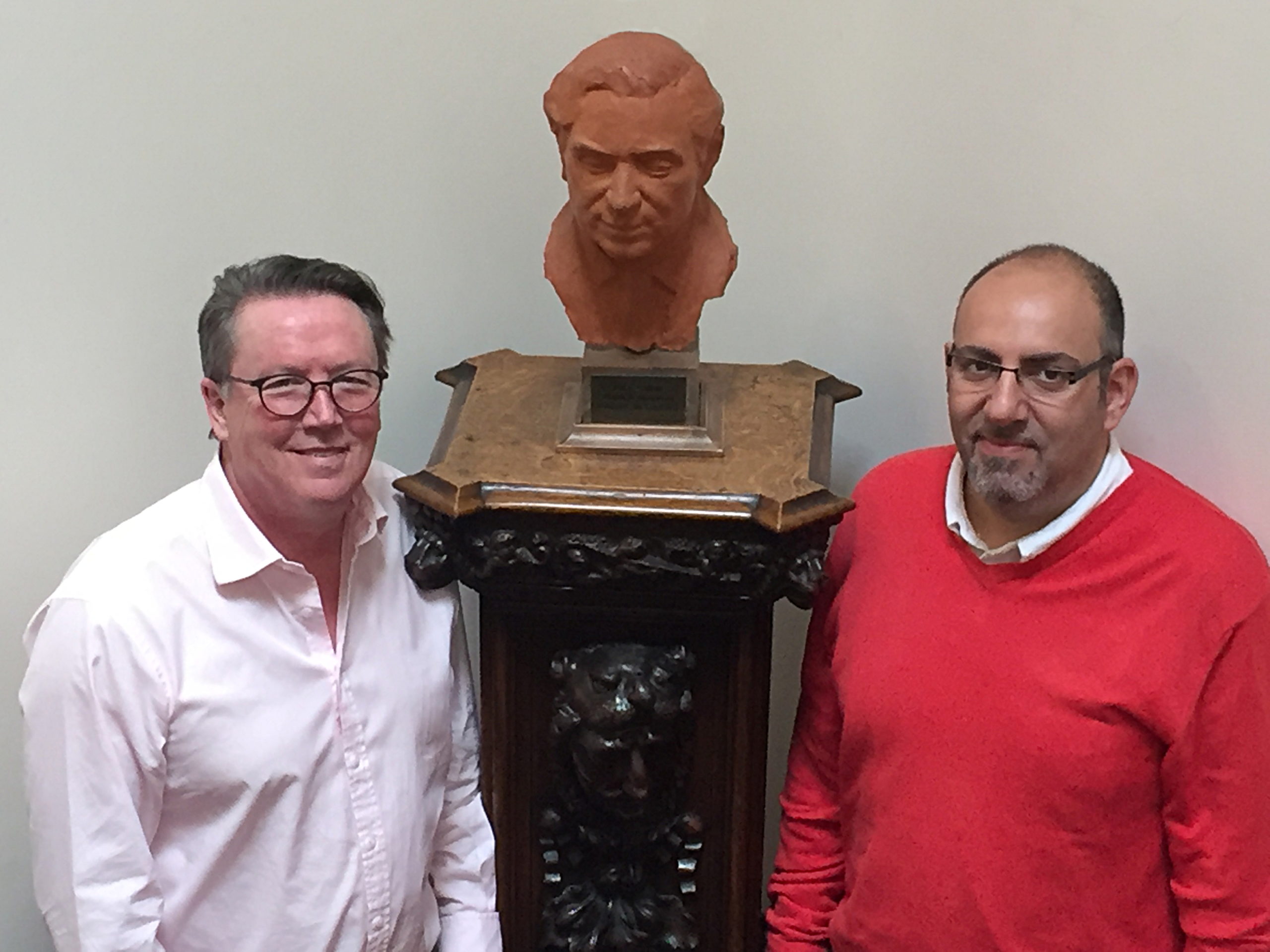
Woman treated by Patrick Steptoe welcomes IVF grand-daughter 35 years later
Lesley Smith (now 71) from Norfolk was one of the first patients at the new Bourn Hall Clinic, she remembers meeting Louise Brown’s mum Lesley who was also having IVF treatment at the time and says Patrick Steptoe “was a lovely man”.
“He was how you would imagine a lovely grandfather would be. He was very visible at Bourn Hall and would chat to everyone. I was really upset when he died, he meant a lot to me.”
Lesley was 36 when she had her twin daughters Amy and Katie – Norfolk’s first IVF twins -after she and her husband Brian had been unable to conceive naturally. “The doctors think that my cervical mucus was ‘killing off’ Brian’s sperm,” she says.
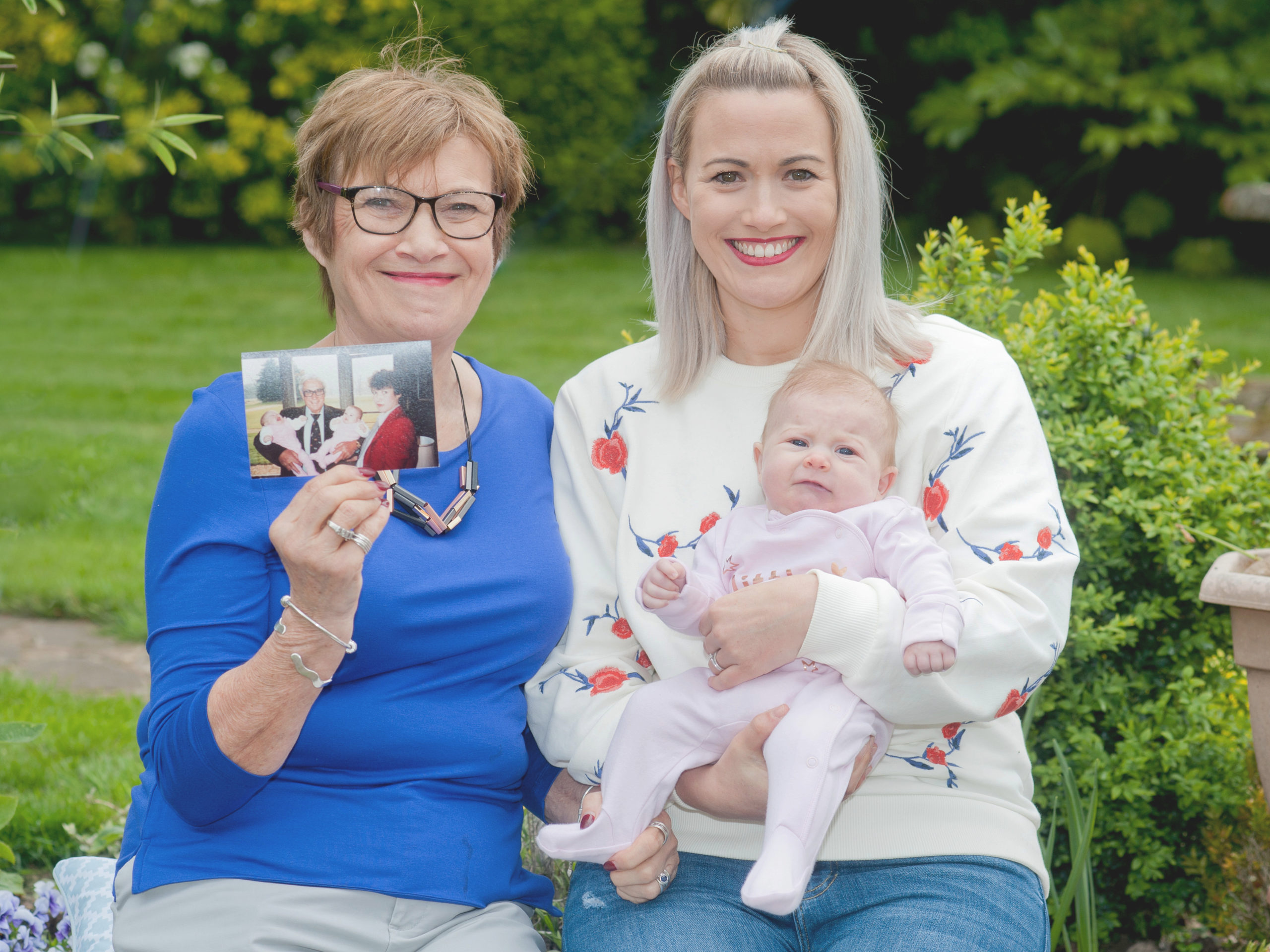
Lesley particularly remembers the kindliness and compassion of Patrick Steptoe towards her husband Brian.
“We lived an hour and a half away and Brian received the call to come in and produce the sperm which was needed,” recalls Lesley. “But when he got there he couldn’t do it. Patrick Steptoe took him for a walk around the beautiful grounds and said to him, ‘don’t worry, lots of people have this problem it happens all the time.’ That was the sort of man he was, he was lovely.”
“Things were so different years ago,” she says. ““I didn’t tell many people that Amy and her twin sister Katie were IVF babies. In those days people just didn’t understand and I didn’t want them growing up with a ‘stigma’.
“When I couldn’t get pregnant I felt like I wasn’t a proper woman, all my friends had got pregnant easily, I thought it was just me that struggled. These days with social media I would have realised that I wasn’t the only one but it wasn’t until I went to Bourn Hall and met all the other girls having treatment that I realised it wasn’t just me.”
In the early days women had to stay at Bourn Hall to gain treatment and were treated like invalids after IVF. Lesley remembers. “We were told to sit in the back of the car on the way home with our feet up and we were not allowed to iron or wash the windows. If we used a kettle it could only be half full.”
In contrast her daughter Amy Harris, who had her IVF treatment last year at Bourn Hall’s state-of-the-art clinic in Norwich was in and out the same day after her treatment and carried on commuting to London to work and going to the gym.
Lesley, whose other daughter Katie conceived naturally and is expecting her second child in September, is eternally grateful to Bourn Hall and the legacy of Patrick Steptoe for making her family complete.
“I still can’t believe my luck sometimes,” smiles Lesley. “If I hadn’t had my Bourn Hall twins I wouldn’t now have two gorgeous grand-daughters and another grandchild on the way.”
Embryo twins born after Steptoe introduced new technique at Bourn Hall
Bourn Hall pioneered many IVF treatments including the freezing of embryos.
Ro Facer has three grown-up ‘frozen embryo’ IVF children and first heard about the treatment when Steptoe was interviewed on the radio and wrote to him.
“It was so exciting meeting Patrick. He was quite matter-of-fact, collecting information on us, nothing chatty at all but just a very meaningful consultation. I just had a lot of faith in him from the beginning.
“It was such an exciting time. Everybody was so optimistic. Patrick Steptoe would do the rounds on the wards personally; you would see all the juniors in line following him. He would do all the talking and make sure a note was taken.
“Patrick Steptoe introduced a new technique of freezing embryos at a very early stage of cell division and we were fortunate enough to be the first live birth of IVF twins born using this new technique.
“I feel so grateful for our contact with Bourn Hall. It has really transformed our lives. Through the pioneering work of Patrick Steptoe and Robert Edwards we have three most amazing children who have all come about through IVF.”
